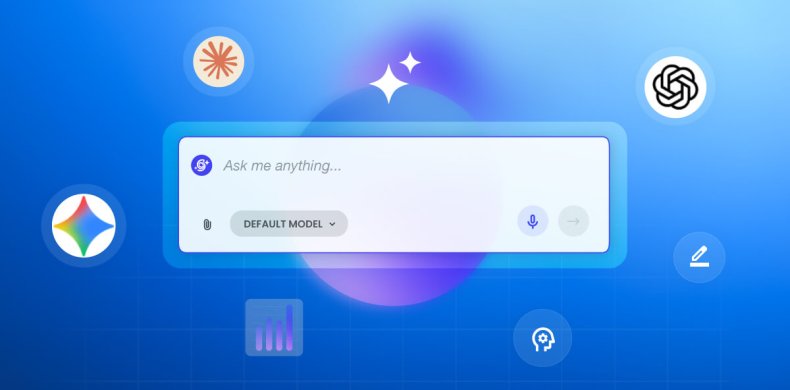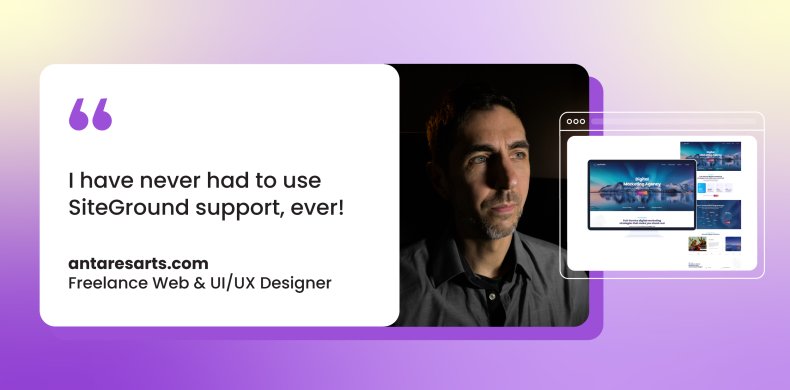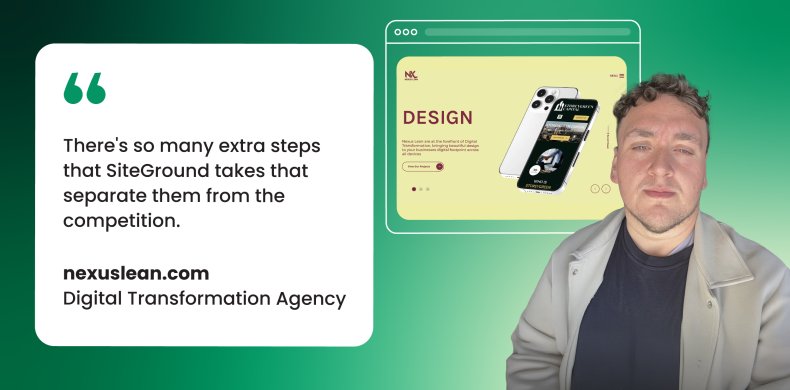Related Posts
Meet SiteGround AI Studio: your AI workspace for business success
For over twenty years, we’ve stayed ahead of every major shift on the web, so you…
From Weekly Hacking Attacks to 8 Years Without a Security Breach
You know that sinking feeling when a client messages you on a Saturday night saying their…
Scaling Nexus Lean Agency to 20x Clients with SiteGround
Running a web agency on referrals alone sounds perfect, right? No ad spend eating into your…






Comments ( 0 )
Thanks! Your comment will be held for moderation and will be shortly published, if it is related to this blog article. Comments for support inquiries or issues will not be published, if you have such please report it through our official channels of communication.
Leave a comment
Thanks! Your comment will be held for moderation and will be shortly published, if it is related to this blog article. Comments for support inquiries or issues will not be published, if you have such please report it through our official channels of communication.